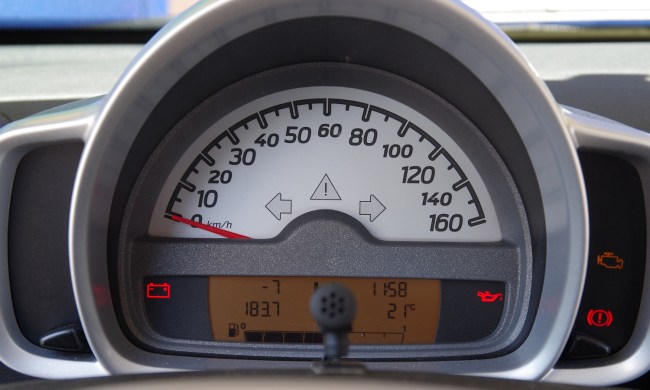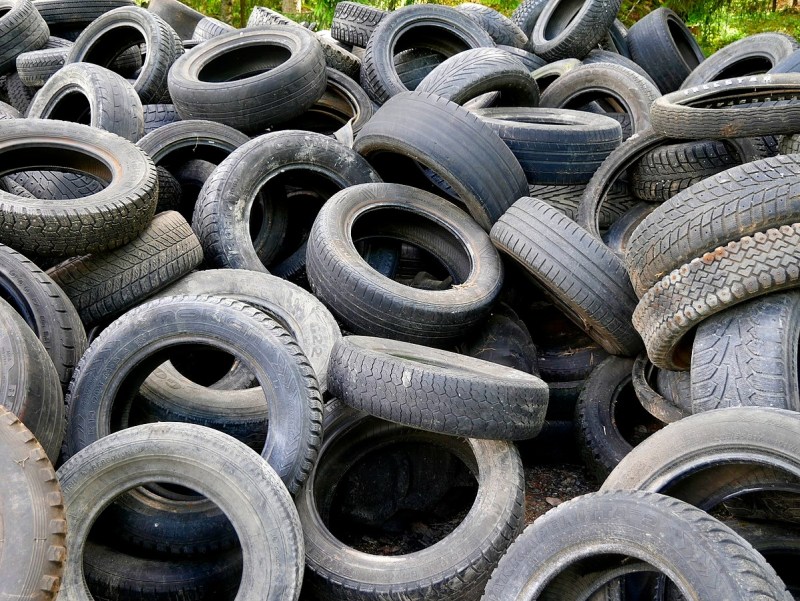
Learning the optimal lifespan of car tires and the best practices for maximizing their longevity is crucial for every driver. In this expert opinion-based article, we delve into the factors influencing tire deterioration, including the impact of natural elements and the significance of the DOT code for determining tire age.
We also explore how proper maintenance, driving style, and road conditions can extend tire life. Moreover, we’ve provided valuable methods, like the penny test, to assess tire tread depth for safe travel.
By following manufacturer guidelines and prioritizing tire care, drivers can enhance tire performance, promote road safety, and make informed decisions about tire replacement. So let’s dive in and see what an expert says on how long car tires should last and how to extend their life.
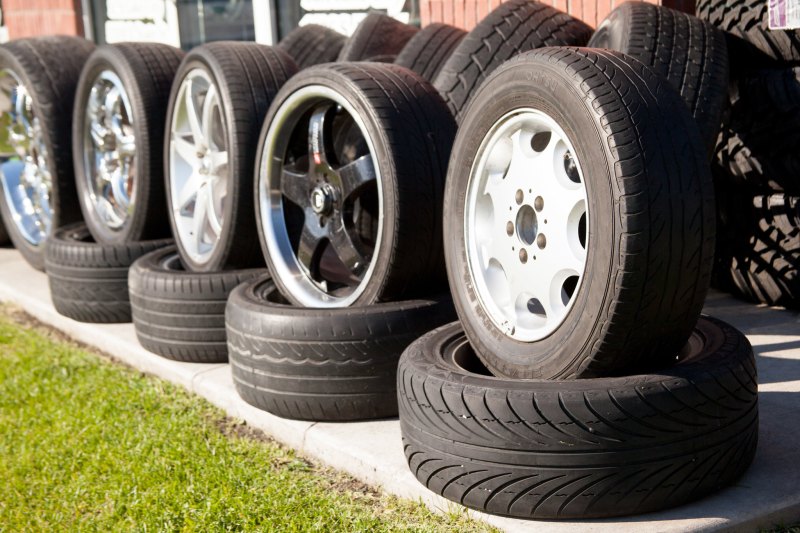
How long do tires typically last? – An expert’s opinion
The National Highway Traffic Safety Association (NHTSA) warns that poor tire condition increases the risk of accidents threefold, underscoring the importance of regularly inspecting tire tread wear and age.
Modern car tires are engineered with great precision to ensure safe performance in various weather conditions and can have a significant lifespan if adequately cared for. However, the presence of natural elements such as oils can contribute to the degradation of tires over time.
It is important to note that new tires, which have the highest level of elasticity, typically start to degrade after approximately 24 months or two years from their manufacturing date printed on the tire in the form of a DOT code. This means most car tires are at their safest for only two years.
Yet a tire’s average lifespan typically depends on a yearly mileage of approximately 12,000 to 15,000 miles, your driving style, and the level of vehicle maintenance performed. With that said, an all-season tire can last around three to five years if it is of good quality.
According to Lukas Kinigadner, CEO and Founder of Anyline: “The Department of Transportation in the U.S. requires tire manufacturers to print a DOT code on each tire that indicates the plant or location it was made, its size, the brand, and the date it was made. Most of these digits are indecipherable by consumers, but the date can be easily translated. They print the week and year the tire was made first, so a tire made January 24, 2023, would be printed “04 23.”
According to Kinigadner, this DOT code will help you determine if a tire is nearing the end of its lifespan and if you should think about replacing it. This should be carefully considered when deciding between new and used tires. In addition to the DOT code, it’s also crucial to prioritize safety by conducting pre and post-purchase checks for any recalls. If a tire has a recall, it means a fault was found with it and should be avoided.
“Recall checks and registration with the tire manufacturer should happen when you purchase tires, but consumers can go to the National Highway Traffic Safety Administration to check for vehicle and tire recalls,” Kinigadner said.
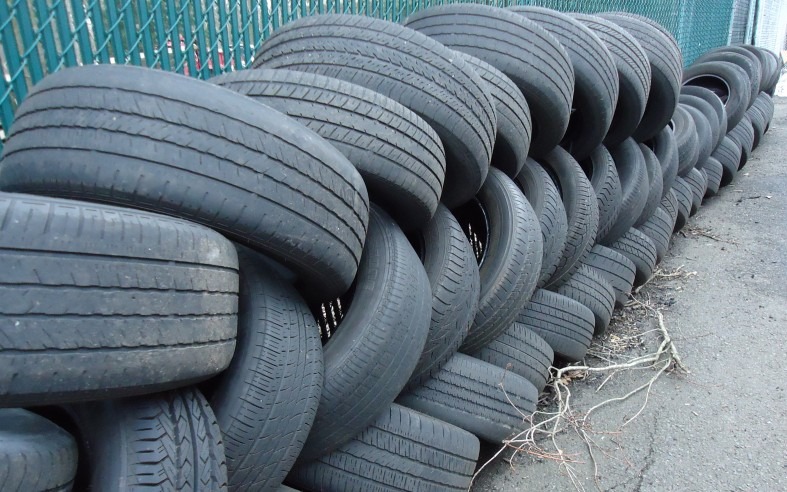
How to test if your car’s tires are nearing the end of their lifespan
The NHTSA provides statistics stating that overly worn-out tires have a greater risk of accidents than tires with a suitable tread depth. Consequently, regularly inspecting your tire tread to ensure road safety is paramount.
One popular and straightforward method for evaluating tread depth is known as the penny test. “Turn a penny upside down and place it in a major groove of your tire,” Kinigadner explained. “If part of Lincoln’s head is covered by the tread, you are good to go. If you can see all of his head, it’s time to replace your tire.”
Although this might seem like a silly trick, it’s helpful because maintaining proper tire tread is vital for safety during travel.

What are the factors that influence how long tires last?
Knowing the factors influencing how long car tires last is essential to ensure driver and passenger safety and the safety of others on the road. Factors that impact a tire’s lifespan include the following:
- Road conditions: Frequent driving on rough or poorly maintained roads accelerates tire deterioration.
- Quality of the tire: The tire’s construction greatly influences its lifespan.
- Storage: Proper storage prevents premature aging and degradation of tires when not in use.
- Maintenance: Regular maintenance, like proper inflation and rotation, improves tire longevity.
- Load and weight: Carrying heavy loads or operating at maximum weight harms tire lifespan.
- Climate: Extreme weather conditions impact tire performance and durability.
- Tire age: Even minimally worn tires can deteriorate over time due to natural aging.
- Driving style: Aggressive driving accelerates tire wear and reduces lifespan.
- Tire type: Different tire types have varying lifespans based on their intended use.
- Manufacturer recommendations: Following manufacturer guidelines maximizes tire lifespan.
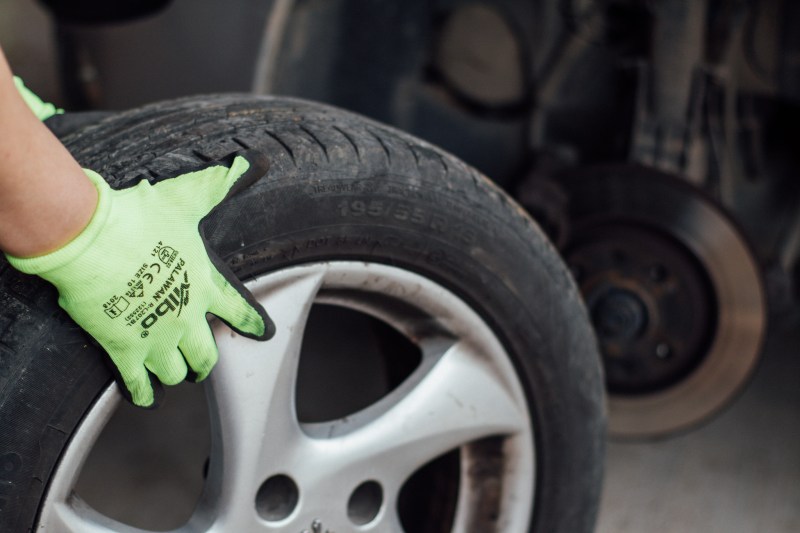
What are some methods that can help tires last longer?
Although it might seem impossible, there are ways you can make your tires last longer. “The U.S. Tire Manufacturers Association promotes a simple acronym when it comes to proper tire care – P.A.R.T. It stands for Pressure, Alignment, Rotate, and Tread. Following these guidelines will help ensure you get the maximum life out of your tires,” Kinigadner said.
Check your tire pressure
“Check your tire pressure monthly, especially if you are carrying extra weight in your vehicle or before long road trips,” Kinigadner advised. “Under or over-inflation will damage your tires but can also cost you money elsewhere – the NHTSA reports that properly inflated tires can save up to 11 cents per gallon on gas. Don’t wait for your TPMS light on your dash. By the time your tire sensors notify you of low pressure, you could have been driving thousands of miles. Maintain the right pressure diligently. You’ll find the optimal pressure in the driver’s side door frame of your car, or in your owner’s manual.”
Check your alignment
“Check your alignment every other oil change, or as specified by your owner’s manual. Sharp or slight pulling, steering wheel vibrations, or if the steering wheel is off-center can indicate you have an immediate issue,” Kinigadner said.
Check your tire rotation
“Typically, you should rotate your tires every 5,000 to 8,000 miles. Changing tire position helps to even tire tread wear,” Kinigadner said.
Here is a list of other methods to use to ensure your tires last as long as possible:
- Balanced driving: Avoid aggressive driving habits like hard braking, rapid acceleration, and sharp turns, as they can accelerate tire wear.
- Proper storage: If storing tires when not in use, keep them in a cool, dry, and clean environment to prevent premature aging and degradation.
- Road awareness: Be mindful of road conditions and avoid driving on rough or poorly maintained roads whenever possible.
- Seasonal tire changes: Use the appropriate tires for the season (e.g., winter tires in colder climates) to optimize performance and longevity.
- Regular inspections: Check for signs of uneven wear, damage, or abnormalities and promptly address issues.
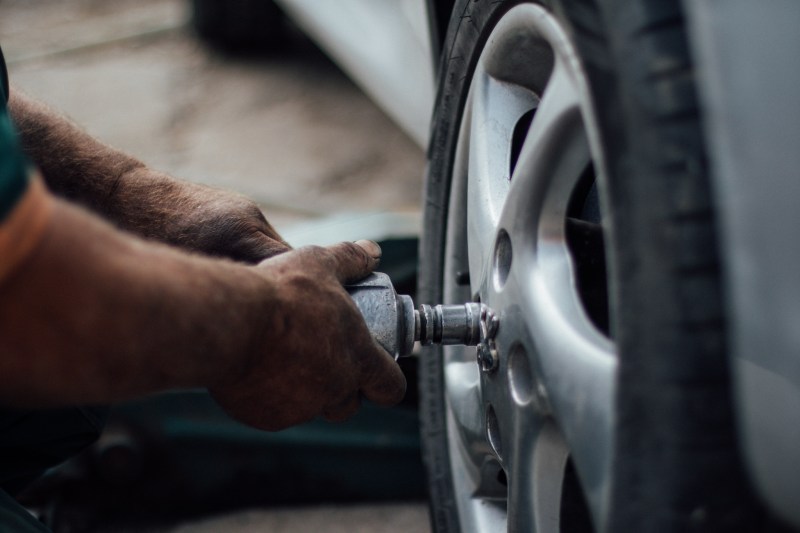
FAQs for how long your car tires should last – Based on an experts opinion
1. Does excessive driving at high speeds deteriorate tires faster? If so, how much?
When tires are not inflated to the recommended pressure and vehicles are driven at high speeds, it creates excessive heat. This heat can cause tire wear to become uneven and result in internal damage. The heat can physically break down the structure of the tire. The faster the speed, the more friction is generated, leading to higher heat and increased tire wear.
“Watch a Formula One race and see how quickly they go through tires at 200 miles per hour,” Kinigadner said. “The higher the speed, the more friction, the more heat, the more wear. For everyday drivers obeying speed limits, excessive wear should not be an issue. Assuming you maintain optimal tire pressure, you avoid heating up too much, and the tire performs and flexes the way it is designed to.”
2. Does aftermarket siping affect tire wear?
The process of tire design involves intricate chemistry and physics. Thus any action that removes material from your tire contributes to tire wear. “There are thousands of scientists and engineers working every day to ensure your tires perform optimally, no matter where you drive. Complex chemistry and physics go into tire design. Cutting a tire is not a good way to look for better performance,” Kinigadner said.
It’s important to note that siping, which involves creating small slits in the tire tread, can void the tire’s warranty and create wear and tear far quicker than normal.
Essentially, it is crucial to understand that cutting (siping) a tire to enhance its performance is not advisable and should be avoided no matter how tempting.
3. When should you replace your tires?
Car owners should know when to replace tires because it is vital for road safety. If the tread depth reaches less than 2/32 of an inch (1.6mm) or you notice considerable wear indicators like cracks, punctures, uneven tread patterns, or bulges, it is time to replace your tires. Additionally, regardless of tread depth, replacing tires older than six years is advisable due to natural aging.
Moreover, it’s essential to regularly look over your tires for these signs and consult with a tire professional to figure out the best time for replacement. Maintaining properly functioning tires is necessary for optimal performance and safety while driving.

